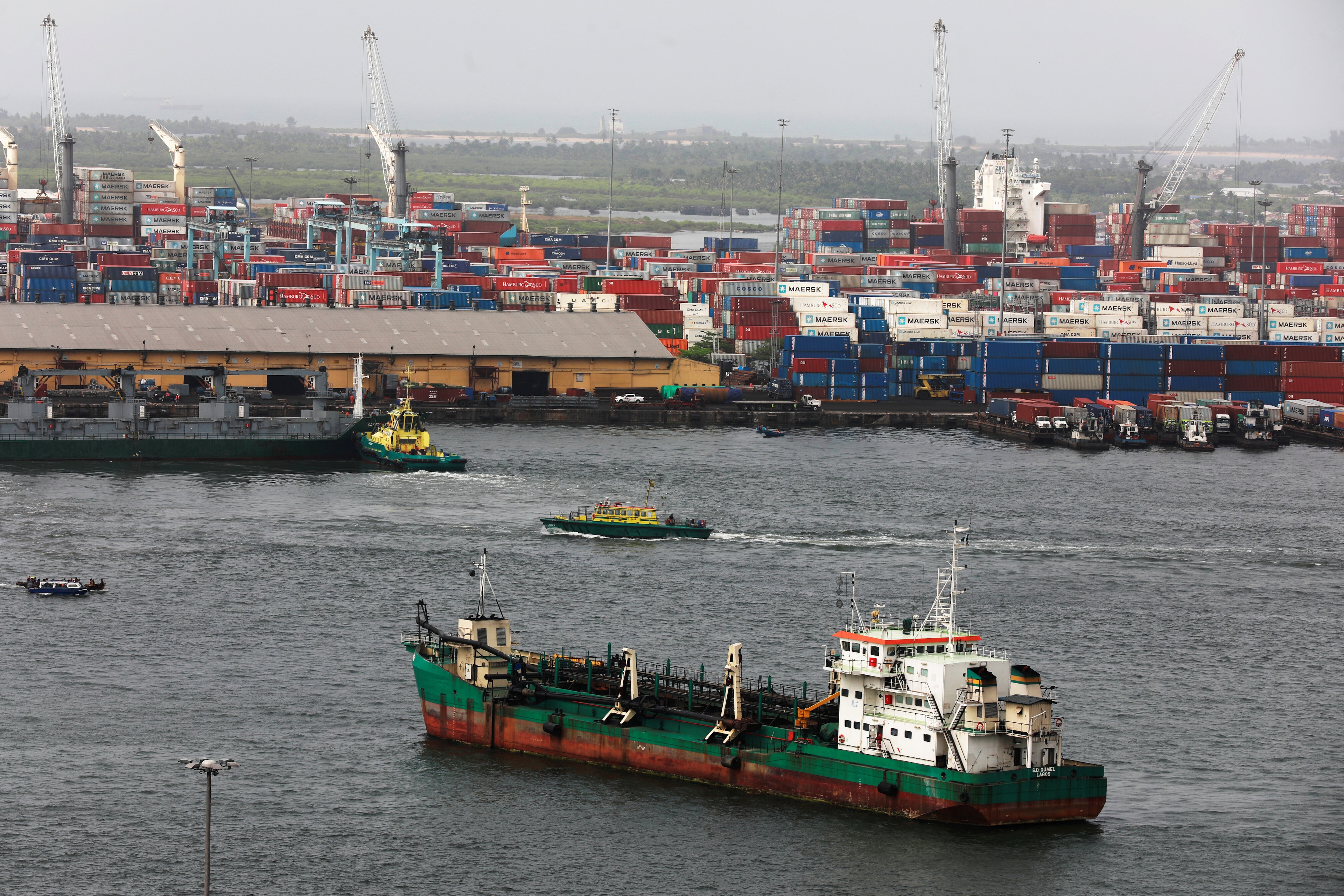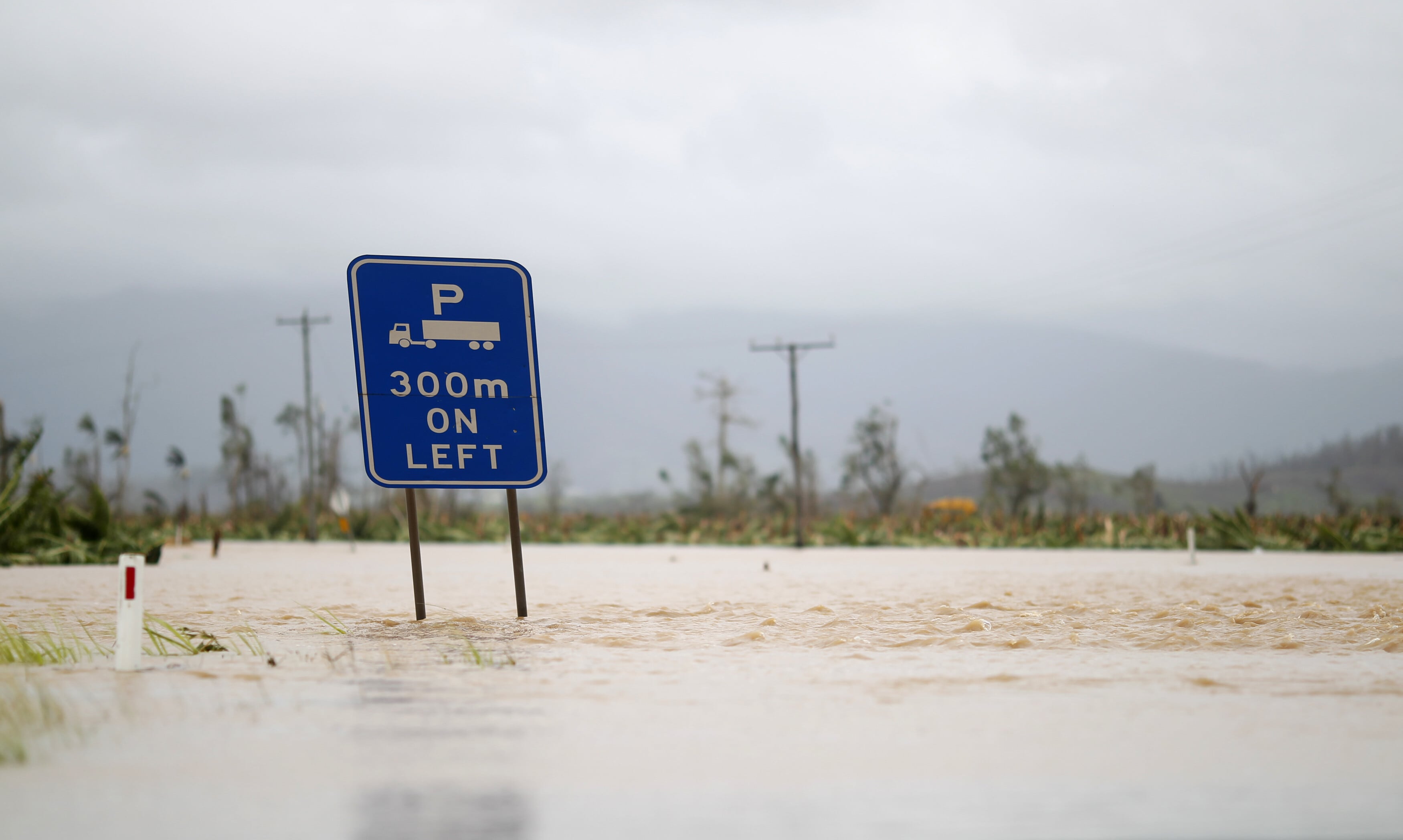August 2016 was the hottest August on record. These are the places seeing the biggest temperature spikes

The first six months of 2016 were the hottest ever known.
Image: REUTERS/Torsten Blackwood/Pool
Stay up to date:
Future of the Environment
Soaring temperatures on land and sea have pushed Earth to its hottest period in recorded history. August 2016 was the warmest August on record, and was tied with July 2016 as the hottest month ever.
Data from NASA reveals August as the hottest August since record-keeping began 136 years ago.
NASA's figures, which combine sea-surface temperature and air temperature on land, also show August was the eleventh month in a row to break the monthly temperature record.

The first six months of 2016 were the hottest ever known and this map of global hotspots shows there is virtually nowhere to escape rising temperatures.

The map, published by the NOAA’s National Centers for Environment Information, details record temperature spikes across the globe. The deep red clusters show parts of Europe, Africa, Latin America and South-East Asia have all experienced all-time high temperatures between January and June 2016.
Even where records have not been broken, large parts of the Earth’s surface were much warmer than average in the first half of 2016.
The map also shows that vast expanses of the Earth’s oceans are warmer than they have ever been. The warm waters that caused the 2016 El Niño weather phenomenon can be clearly seen in the north east Pacific. Almost all of the Indian Ocean is at a record high. The next cyclone season is likely to pack a greater punch as warmer waters create more intense storms.
In the far north, sea temperatures in the Arctic are also at, or close to, record highs. The Arctic sea ice is in full retreat. In June 2016 there was 260,000 sq km less ice than when the previous record low was set in June 2010. The long term average is even more striking with 1.3 million sq km of sea ice lost in the period between 1981 – 2010 according to the National Snow and Ice Data Center.

Images from a recent NASA flight over the shrinking Arctic icefields show a huge lake of meltwater, and NASA says this water may be causing the remaining ice beneath to melt even faster.
Don't miss any update on this topic
Create a free account and access your personalized content collection with our latest publications and analyses.
License and Republishing
World Economic Forum articles may be republished in accordance with the Creative Commons Attribution-NonCommercial-NoDerivatives 4.0 International Public License, and in accordance with our Terms of Use.
The views expressed in this article are those of the author alone and not the World Economic Forum.
Related topics:
Forum Stories newsletter
Bringing you weekly curated insights and analysis on the global issues that matter.
More on Climate ActionSee all
Keith Svendsen
September 18, 2025
Eric White and Patrick Verkooijen
September 18, 2025
Eric White and Elia Tziambazis
September 18, 2025
Tom Crowfoot
September 18, 2025





